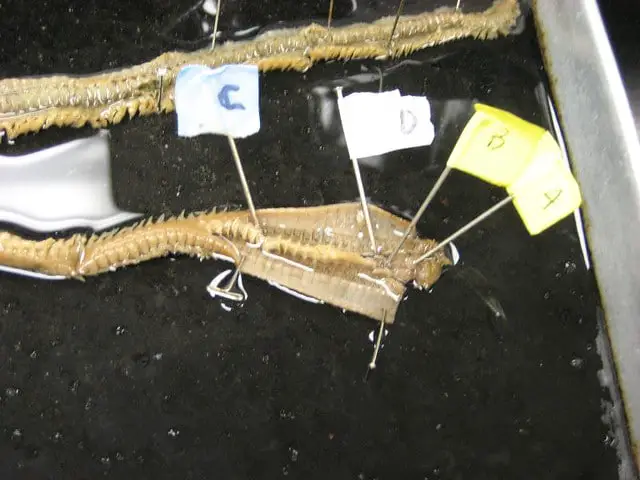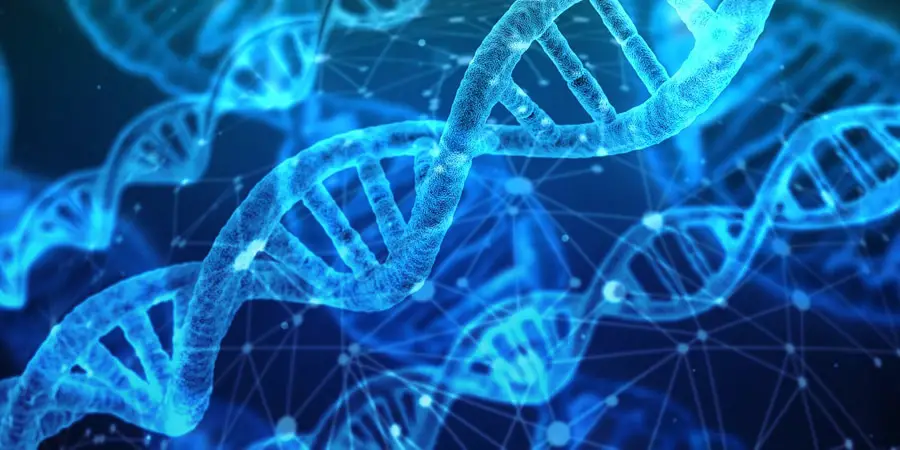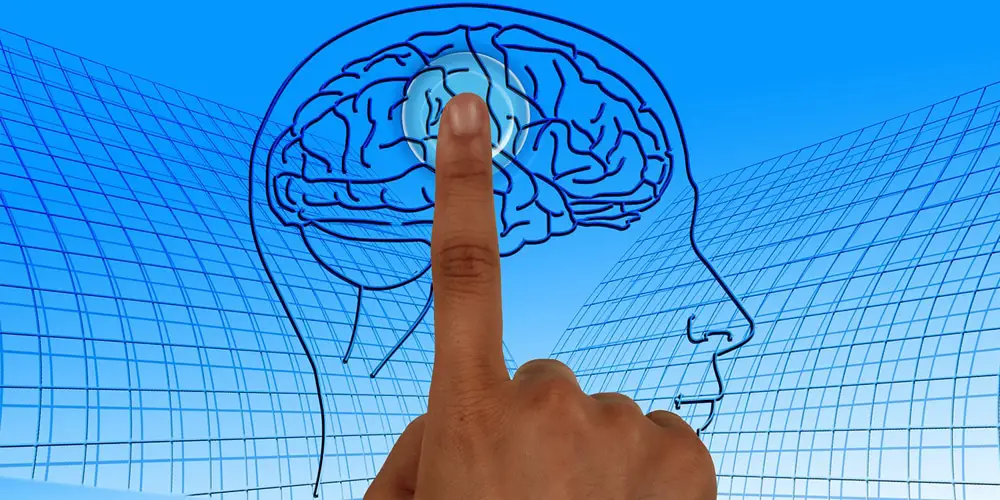META: follow our handy guide to dissecting your first earthworm and learn some interesting things about them too.
Earthworms play essential roles in many ecosystems. They help introduce oxygen to the soil and mix it up. As they tunnel through the ground, they enrich the soil and push it toward the surface where it’s easier for plants to get to the nutrients. You can see the organs that help these worms do their jobs by dissecting an earthworm.
Safety First
Safety is critical in all aspects of our lives. It may seem trivial in a controlled environment like a school biology lab, but it’s not, and all safety rules should be followed. They are in place to protect you and your classmates, so don’t skip any regulations just because you think it will be ok or those rules don’t seem to apply to your circumstances. The basic common-sense rules are:
- Wear safety gear when necessary like goggles, gloves, and aprons.
- Most preserved specimens contain formaldehyde, so wash them first.
- Do not play with lab equipment or instruments such as scalpels and scissors.
- Do not eat any parts of your specimen. Yes, there is an apparent reason for this rule.

image via Pixabay
Your lab should have the rules and safety measures available plus your instructor will go over them with you. Don’t assume the only rules are the ones we list here. The type of lab and type of specimen determine the rules. Ask for a copy of the rules if you don’t see one posted in the lab. Your teacher should be close by most of the time to help you guide you as well.
Always wear safety goggles and gloves. If you have to carry a sharp instrument, hold it with the pointed end pointing down and away from your body. Don’t rush or run while holding a scalpel or scissors. Never carry a knife or scissors by any part other than the handle. Scalpels are razor sharp, and it only takes a split second for them to cut you open.
Keep your station clean and tend to any spills immediately unless they pose a breathing hazard. Dispose of any blades, gloves, aprons, and specimens according to the established rules in your lab. Your teacher will probably explain all the rules to you, but don’t wait to ask if you aren’t sure what to do. Teachers are there to help educate you and keep you safe.
Earthworm Dissection Guide
Earthworms are great for helping you understand simple organisms and basic anatomy. They’ll help you get a grasp on lab safety before you progress to larger specimens like pigs or frogs. As a bonus, they’re small and soft, so handling them is much more comfortable as well.
The first step is to examine the exterior of the earthworm. Earthworms are segmented works, so they look like a long stack of small rings. They don’t have a head or any limbs, but they do have a fascinating exterior anatomy to study. The anterior end of the earthworm is a little fatter than the posterior. When you locate the anterior end of the work, pin it to the dissecting pan or tray.

image via Flickr
Earthworms are annelids which means their bodies are composed of multiple ring-like sections or segments. This part may not be on your teacher’s list, but it’s always interesting to count the segments while you study the exterior anatomy of the earthworm. While you count, notice the small setae on the ventral surface. These little bristles help the worms move through the dirt with ease.
Each segment along the worm’s exterior has small pores. These pores excrete the sticky film you find when you run your finger along a live worm. You may need a magnifying glass or small microscope to see them. It depends on the size of your earthworm specimen and your eyesight as well.
From the anterior end of the worm, count your way down to segment fourteen. Typically, this is where the oviducts are located. The oviducts release the eggs when the worm reproduces. The exciting part is the next segment after the oviducts; it contains the sperm ducts. Earthworms have both male and female reproductive organs.
Further down the worm at segment 31 is the clitellum. It secretes a sticky mucus that binds two earthworms together while the mate. It develops a cocoon to hold the eggs and sperm after mating is finished. Earthworms are simple worms, but fantastic at the same time. Their exterior anatomy is fascinating to study.

image via Flickr
Earthworms are hermaphroditic which means they have both female and male reproductive organs. Eggs come from the ovaries inside segment fourteen, sometimes thirteen. It can be hard to count the segments on small worms. Worms have testes which can form in segments near the oviducts. Study these segments and see if you can find the reproductive organs on your specimen.
When worms mate, they get stuck together briefly to help keep the reproductive organs aligned. Sperm from both worms travels into the other worms seminal receptacle. The clitellum creates the cocoon which moves along the outside of the worm to collect the semen and the eggs. The eggs are fertilized outside the worm in the cocoon.
By now, you should have a good understanding of the exterior anatomy of your earthworm specimen. Remove the pin from the anterior end of the earthworm and place it on its ventral side, then put the pin back in the anterior end of the worm. The ventral side of the worm is a little flatter than the dorsal side, and it may be a lighter color.
Carefully and slowly make a shallow incision using your scalpel from the anterior end of the work to the clitellum. Never cut toward your body or fingers. Be extra careful and keep the incision shallow, so you don’t cut into the worm’s digestive system and internal organs. Use your forceps to spread the worm open and pin the sides of its body to your dissection pan or tray.

image via Flickr
The inside of the worm should be exposed now. You may want to lightly sprinkle water over the worm to keep it from drying out while you study the inside of it. The interior part of the walls is called the septa. See if you can tell the difference. If possible, ask your teacher to point them out and help you see the different layers.
Now, the internal digestive organs should be exposed and available for study. Starting with the mount on the anterior end of the worm, locate the organs. The first organ you see is the pharynx. The worm’s esophagus protrudes from the pharynx. About halfway down your incision are the crop and gizzard. Skip the other organs for now and find those two.
The crop is essentially a stomach. It stores food until the food is moved to the gizzard which grinds it up. The food leaves the gizzard and goes into the intestine, much like it does in humans, and travels to the anus. Along the way, the worm’s intestines absorb nutrients from the food the gizzard crushed and ground up. Earthworms don’t eat dirt. The consume organic materials found in the soil.
Make your way back up to the crop. If you look above the crop on the anterior side, you’ll find five pairs of aortic arches. This is the worm’s version of a heart. The hearts are located around the esophagus, and they connect to the dorsal blood vessel. That’s the worm’s version of an artery. Most earthworms can take direct damage to half their aortic arches and live.
Move your attention back to the pharynx at the anterior end of the worm. Locate the cerebral ganglia beneath the pharynx on the dorsal side. You may need to use your forceps to move some organs around to get a good look at it. The ventral nerve starts at the cerebral ganglia and runs the length of the worm. It may be hard to see if it is too small.
They are simple creatures speaking purely on their anatomy, but how their bodies and mating works are truly amazing. If you have time, go back over this tutorial again and study the worm longer. When you finish exploring, make sure you clean your workstation and dispose of your specimen correctly. Dispose of your lab gear according to the lab rules. Wash your hand thoroughly with soap and water.
Some Final Notes
Earthworms are vital to the health of our soil. The improve drainage, help stabilize the land, and add nutrients to the ground. Worms feed on organic materials they find in the dirt. Their bodies use the nutrients they need and deposit what’s left back into the soil as waste. Fortunately for plants, that waste is usually nitrogen-rich along with other nutrients plants need to grow.
Their worm tunnels help loosen the soil which aids plants in root development. We could go on and on about the benefits of earthworms. If you follow our guide to dissecting earthworms and read our interesting facts along the way, we’re sure you’ll be able to dissect an earthworm specimen safely. You may even appreciate these simple creatures a little more when you are done.























